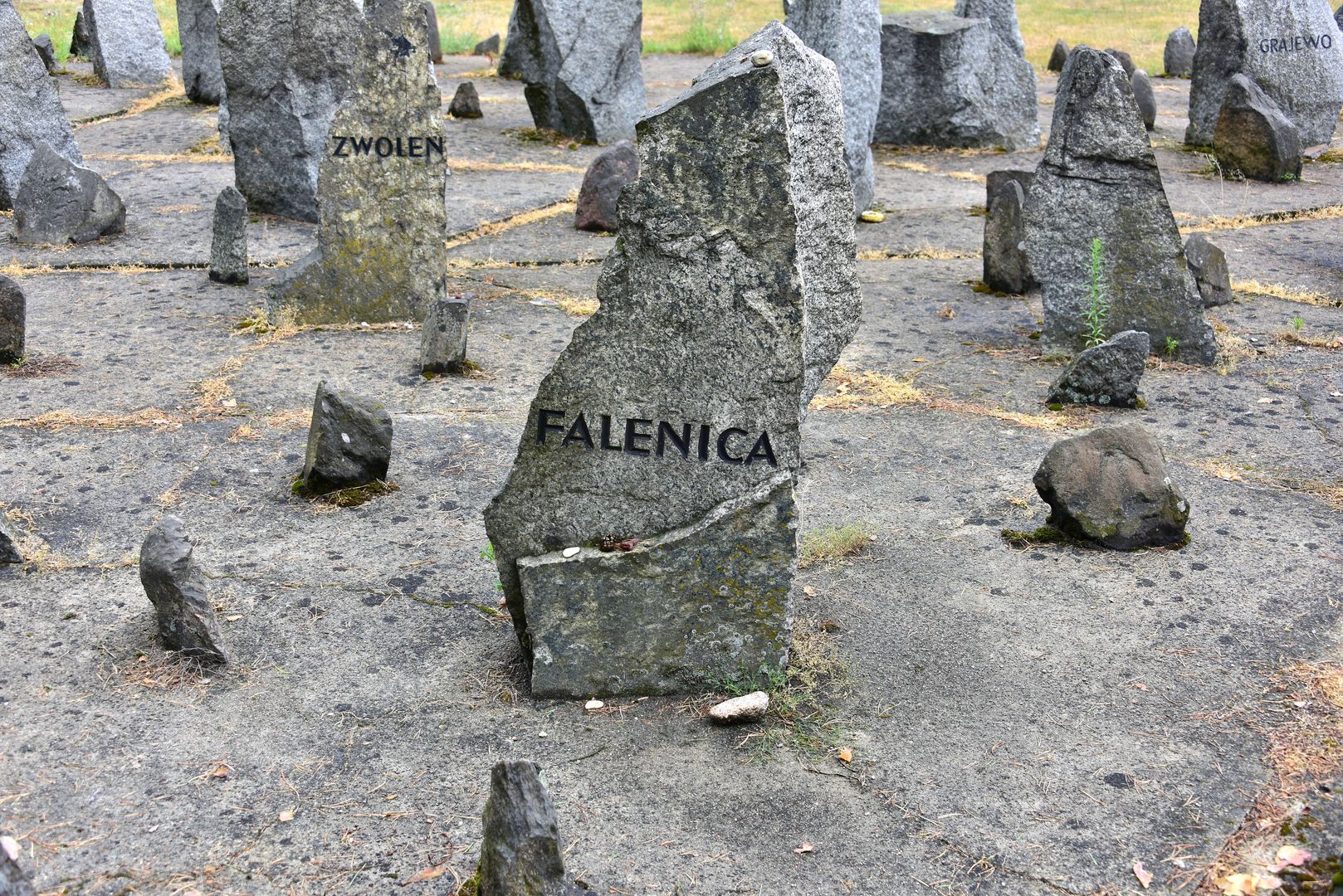Falenica Ghetto
6

Overview
The Falenica Ghetto, established by the Germans on October 31, 1940, was a tragic place for the Jewish population. It was created due to the size of the local Jewish community, and its boundaries were marked by present-day streets: Lawinowa, Mszańska, Chryzantemy, Hiacyntowa, Bartoszycka, and sections of other streets. Authority was held by the Jewish Council, which was entirely subordinated to the occupiers. Daily life in the ghetto was characterized by poverty, hunger, and terrible sanitary conditions, leading to outbreaks of disease. Relations with the local community were complex—some Poles, despite repression, tried to help Jews.
By the end of 1941, a labor camp was established at Ruben Najwer’s sawmill, where about 400 Jews worked, though most did not survive the war. The liquidation of the ghetto took place on August 20, 1942. Jews were herded into the square between the synagogue and the railway tracks, from where they were transported to the Treblinka extermination camp. In total, around 7,500 people passed through the ghetto, many of whom died of starvation, disease, or were murdered. After the war, the memory of the Jews of Falenica was commemorated with a monument in Falenica and as part of the memorial to the Victims of the Treblinka Extermination Camp. An interesting fact are the stories of survivors who, thanks to the help of Poles, endured the Holocaust, highlighting the varied attitudes in the face of annihilation.
Location
Tickets
Powered by GetYourGuide
2025 Wizytor | All Rights Reserved